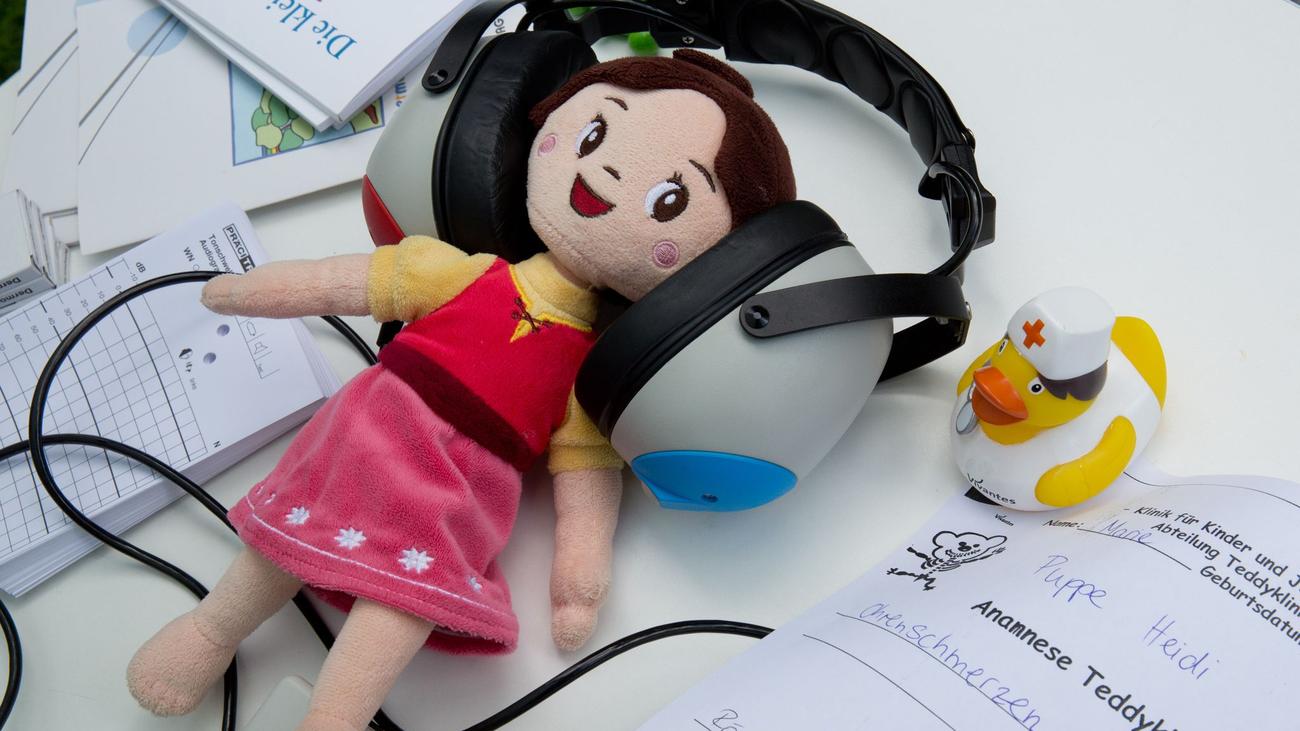
Excessive Noise Levels in Thuringian Schools: Headphones as a Potential Solution
Noise levels in Thuringian schools have become a significant concern, prompting some schools to recommend the use of noise-canceling headphones for students. This decision has sparked debate among educators and parents, highlighting the need for effective noise management strategies in educational settings.
According to Kathrin Vitzthum, state chairwoman of the GEW education union, modern teaching methods that encourage student mobility have contributed to increased noise levels in classrooms. However, many schools lack adequate noise-absorbing measures, such as specialized flooring or soundproofed walls.
In response to these challenges, some Thuringian schools have advised parents to purchase noise-canceling headphones for their children. These headphones are designed to help students focus better in noisy environments by reducing distracting sounds. While initially developed for children with special needs or autism, manufacturers now promote their use for children without specific learning difficulties as well.
Vitzthum acknowledges the potential benefits of such aids in enhancing concentration, but emphasizes the need for caution. "The use of noise-canceling headphones in schools should be handled with care," she said. "We cannot speak of a widespread trend towards their use in Thuringian schools."
However, the Thuringian State Parents’ Association (LEV) expresses reservations about the use of headphones for children without diagnosed learning difficulties. According to Peter Oehmichen, the state’s parent representative, teachers should be capable of creating a conducive learning environment without the need for such devices. "There is a wide range of pedagogical tools available to achieve this," he said.
The debate over the use of noise-canceling headphones in schools underscores the importance of noise management strategies that balance student mobility with acoustic comfort. Classrooms should be designed to minimize noise levels while still allowing for active learning experiences.
Factors Contributing to Excessive Noise Levels in Schools
- Modern teaching methods: Collaborative learning and student movement can increase noise levels in classrooms.
- Insufficient soundproofing: Classrooms may lack proper flooring, wall insulation, or acoustic panels to absorb noise.
- Overcrowding: Large class sizes can contribute to noise levels.
- External noise sources: Road traffic, construction, or neighboring activities can penetrate classrooms.
Effective Noise Management Strategies
- Architectural considerations: Classrooms should be designed with sound-absorbing materials, such as carpet, acoustic ceiling tiles, and soundproof windows.
- Operational measures: Teachers can establish rules for minimizing noise, such as limiting talking during certain times or using designated quiet zones.
- Behavior management: Teachers should promote respectful behavior and encourage students to be mindful of noise levels.
- Technological solutions: Noise-canceling headphones or white noise machines can provide additional noise reduction.
Balancing Noise Management and Student Engagement
While noise reduction is important, it is equally crucial to avoid excessive suppression of student voices and interactions. Teachers should strike a balance between maintaining a conducive learning environment and fostering collaboration and active learning.
Conclusion
The use of noise-canceling headphones in Thuringian schools remains a topic of debate. While such devices can potentially enhance concentration for some students, they should be used cautiously and not as a substitute for effective noise management strategies. Schools should prioritize architectural and operational measures to create classrooms that are acoustically comfortable and conducive to learning, while also allowing for student mobility and engagement.
